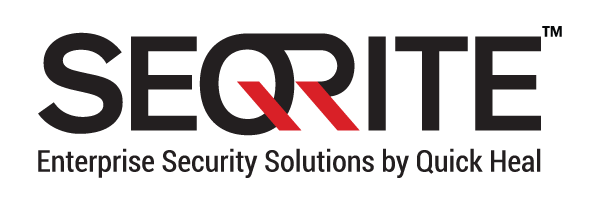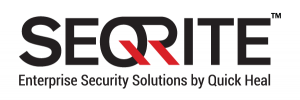January 3, 2025
January 3, 2025
Copyright 2023, IT Voice Media Pvt. Ltd.
All Rights Reserved

 Within the last decade, the Indian education industry’s adoption of new-age tech tools has driven a much-needed, large-scale transformation. But is the sector’s rapid digitisation trajectory also making it a more lucrative target for cybercriminals? The latest quarterly threat report by Seqrite, a specialist provider of endpoint security, network security, enterprise mobility management and data protection solutions, seemed to indicate that it does.
Within the last decade, the Indian education industry’s adoption of new-age tech tools has driven a much-needed, large-scale transformation. But is the sector’s rapid digitisation trajectory also making it a more lucrative target for cybercriminals? The latest quarterly threat report by Seqrite, a specialist provider of endpoint security, network security, enterprise mobility management and data protection solutions, seemed to indicate that it does.